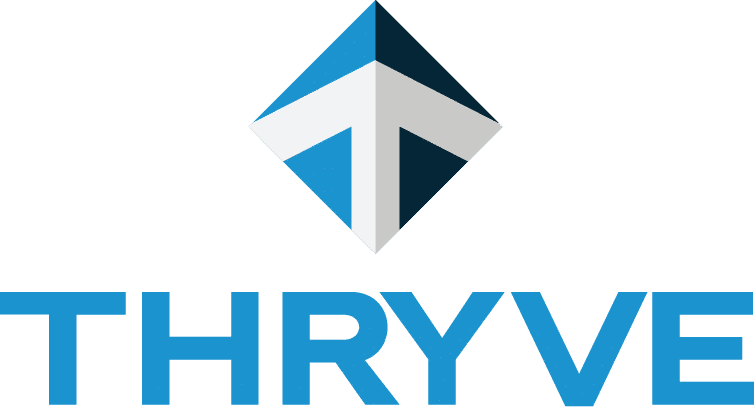Navigating the financial landscape as a small business owner can be daunting, especially when it comes to taxes. However, there are “hidden gems” in the form of tax credits that can potentially provide significant financial relief and fuel your business growth. A fractional CFO or a CPA consulting firm can help you identify and leverage these credits effectively. Let’s look at various tax credits that small businesses may not realize they’re eligible for.
1. Research and Development (R&D) Tax Credit
The R&D Tax Credit rewards companies for investing in innovation. If your business engages in activities that create new, or improve existing products, processes, or software, you may qualify.
Eligible Activities: These include developing prototypes, experimenting with new techniques, and conducting research to improve existing capabilities. Even if the project fails, the expenses incurred can still qualify for the credit. The R&D Tax Credit is about evolution, not revolution – you don’t need to reinvent the wheel to qualify.
How to Claim: Businesses need to document their R&D activities meticulously. Keep records of project objectives, personnel, timelines, and costs. Consult with a tax professional or consider CPA consulting to ensure all eligible expenses are included and properly documented.
Example: A small manufacturing company developing a new specialized tool prototype could claim the R&D credit for the salaries of engineers working on the project, materials used, trialing scrap, and even third-party testing services.
2. Work Opportunity Tax Credit (WOTC)
The WOTC incentivizes businesses to hire individuals from specific target groups who face significant barriers to employment.
Target Groups: These include veterans, ex-felons, long-term unemployed individuals, and recipients of certain government assistance programs.
How to Claim: To qualify, businesses must obtain certification from the state workforce agency after hiring. The amount of credit varies depending on the employee’s target group and hours worked.
Example: A retail store hiring a veteran could receive a tax credit of up to $9,600 if the veteran has a service-connected disability and meets certain other criteria.
3. Disabled Access Credit
Small businesses making their establishments accessible to disabled individuals can benefit from the Disabled Access Credit.
Eligible Expenses: These include costs associated with removing barriers, providing accessible formats, and acquiring adaptive equipment.
How to Claim: Businesses with gross receipts of $1 million or less or fewer than 30 full-time employees can claim 50% of eligible expenses, up to $10,250 annually.
Example: A café installing ramps, accessible restrooms, and Braille menus could significantly reduce the cost of these improvements through the Disabled Access Credit.
4. Employer-Provided Childcare Facilities and Services Credit
This credit encourages businesses to offer childcare assistance, which can be a significant perk for employees.
Eligible Expenses: These include the costs of establishing and operating a childcare facility or contracting with a qualified service provider.
How to Claim: Businesses can claim 25% of the qualified childcare expenses and 10% of resources and referral expenditures, up to a maximum of $150,000 per year.
Example: A marketing firm providing on-site childcare services can claim a portion of the operational costs, making it easier to attract and retain employees with young children.
5. Small Employer Health Insurance Premiums Credit
To support small businesses in offering health insurance to employees, this credit helps offset premium costs.
Eligibility Criteria: Businesses must have fewer than 25 full-time equivalent employees, pay average wages below a certain threshold, and contribute at least 50% of the premium costs.
How to Claim: The credit is worth up to 50% of the premiums paid for small business employers. It can be claimed using Form 8941, Credit for Small Employer Health Insurance Premiums.
Example: A local bakery offering health insurance to its employees could receive significant savings on premium costs, making it easier to provide comprehensive benefits.
6. Credit for Employer-Provided Educational Assistance
Businesses offering educational assistance to employees can benefit from this credit.
Eligible Expenses: These include tuition, fees, books, supplies, and equipment necessary for the coursework.
How to Claim: Employers can exclude up to $5,250 of educational assistance provided to an employee annually from their taxable income.
Example: A company supporting its employees’ continuing education by reimbursing tuition fees can benefit both the employee and the employer through this credit.
7. Small Business Pension Plan Startup Costs Credit
To incentivize the establishment of retirement plans, this credit helps cover the initial setup costs.
Eligible Plans: Includes SEP, SIMPLE, and qualified plans.
How to Claim: Small businesses with less than 51 employees can claim 100% of the startup costs, up to the greater of: 1) $500 or 2) the lesser of $250 multiplied by the number of employees eligible for the plan or $5,000.
Example: A new consulting firm setting up a 401(k) plan for its employees can offset the setup and administrative costs through this credit.
8. Credit for Employer Differential Wage Payments
This credit benefits businesses that continue to pay employees called to active duty in the military.
Eligible Payments: Differential wage payments made to employees on active duty.
How to Claim: Businesses can claim 20% of the differential wage payments, up to $20,000 per employee annually.
Example: A manufacturing company supporting its employees serving in the National Guard can claim this credit, recognizing its commitment to supporting those who serve.
Conclusion
Understanding and leveraging these hidden gem tax credits can provide significant financial benefits for small businesses. From supporting innovation and hiring to improving accessibility and sustainability, these credits can help reduce your tax liability and free up resources for growth. If navigating these complexities feels overwhelming, consider seeking the guidance of a CPA consulting firm or a fractional CFO to ensure you’re maximizing your tax savings and financial opportunities. Contact The Thyrve Group to find out more about our fractional CFO services.
